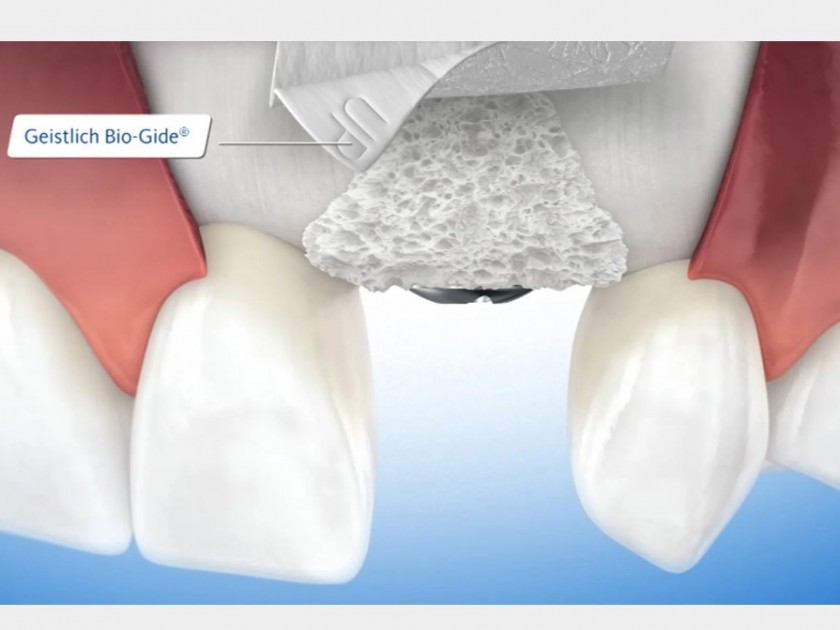Background
Bone grafting is a procedure commonly used in oral and maxillofacial surgery to replace missing bone in the jaw or face.
When a tooth is lost or removed, the surrounding bone may start to resorb over time. This can lead to a decrease in the amount of bone available to support dental implants or dentures, which can cause problems with chewing and speaking.
Bone grafting involves taking bone from another part of the body (often the hip or chin) or using synthetic materials and placing it in the area where the bone is missing. This new bone material then fuses with the existing bone over time, creating a solid foundation for dental implants or dentures to be placed.
The bone grafting procedure is usually performed under local or general anaesthesia, depending on the extent of the surgery. After the procedure, the patient may experience some swelling, bruising, and discomfort, but this usually can be well managed with pain medication and ice packs.
Overall, bone grafting can be a very effective way to restore missing bone in the jaw or face, allowing patients to enjoy improved oral health and a more natural-looking smile.
Types of Bone Grafts
1. Autogenous bone grafts:
This type of bone grafting involves using bone from the patient's own body, usually from the chin, hip, or lower jaw. Autogenous bone grafts are often considered the gold standard because the bone has all the necessary components for successful integration with the recipient site.
2. Allografts:
These are bone grafts taken from a cadaver and processed to remove all living cells to minimise the risk of infection and rejection. Allografts are widely used because they do not require a secondary donor site and are readily available.
3. Xenografts:
This type of bone grafting involves using bone from an animal source, usually from cows. Xenografts are processed to remove all organic matter to minimise the risk of infection and rejection.
More information on Xenografts that we use in the practice can be found by clicking here
4. Synthetic bone grafts:
These bone grafts are made from synthetic materials, such as hydroxyapatite, calcium phosphate, or biocompatible polymers. Synthetic bone grafts are often used when natural bone is not available or the patient has concerns about using biological materials.
5. Distraction osteogenesis:
This is a surgical technique that involves using a device to gradually stretch the bone and create new bone growth. This technique is often used in cases where the patient has a congenital defect or severe trauma that has caused significant bone loss.
6. Ridge preservation:
This is a type of bone grafting that is done immediately after a tooth extraction to prevent bone loss and prepare the site for a future dental implant. This technique involves filling the empty socket with a bone grafting material.
More information on Ridge Preservation can be found by clicking here
The specific type of bone grafting material and method used will depend on the patient's specific needs and the surgeon's expertise. Your oral and maxillofacial surgeon can help determine the best option for you based on your individual case.
